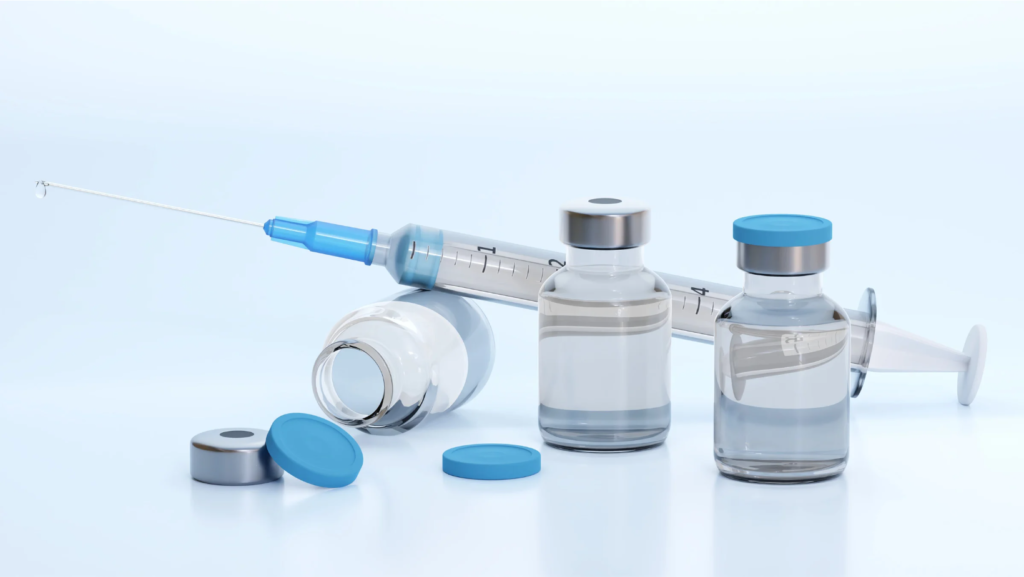FREC Courses
QA LEVEL 3 AWARD IN SAFE ADMINISTRATION OF LIFESAVING MEDICATION (SALM)
Duration
2 Days Course
Price
£195 inc. VAT
Minimum Age
ABOUT FREC
QA LEVEL 3 AWARD IN SAFE ADMINISTRATION OF LIFESAVING MEDICATION (SALM)
Course Overview
Successful Learners will gain the knowledge and confidence needed to safely provide lifesaving medication at emergency or life-threatening incidents. Topics covered include: common types of lifesaving medication, determining a patient’s condition, guidelines and protocols relevant to the administration of lifesaving medication.
While achievement of this qualification confirms Learners have met both the theoretical and practical requirements, this does not imply a ‘license to practice’ – the scope of practice will be determined by the organisation responsible for medication provision. This qualification does not allow a Learner to obtain, store or medicate without clinical governance.
Drugs covered:
- Activated charcoal
- Adrenaline 1:1000
- Aspirin
- Cetirizine hydrochloride
- Chlorphenamine
- Clopidogrel
- Dexamethasone
- Glucagon
- Glucogel
- Glyceryl trinitrate
- Hydrocortisone
- Ipratropium bromide
- Loratadine
- Midazolam/buccal
- Naloxone hydrochloride (Narcan)
- Salbutamol
Assessment Methods
5 x Practical assessments/skills tests and 1 x Theory assessment (learner workbook).
Entry Requirements
Learners who wish to undertake the QA Level 3 Award in the Safe Administration of Lifesaving Medication (RQF) must be employed by a CQC registered organisation and have successfully completed the QA Level 4 Certificate in First Response Emergency Care (RQF) or a QA recognised equivalent qualification.
What’s Covered
- Legislation, guidelines, policies, and protocols
Administering lifesaving medication Common types of lifesaving medication, including: - Their effects and potential side effects.
- Physiological measurements before and after administering lifesaving medication.
- Common adverse reactions.
- Different drug routes for the administration of lifesaving medication
- Determining a patient’s condition to help distinguish the correct lifesaving medication.
- Demonstrating the safe and effective administration of lifesaving medication in a prehospital environment.
- Assessing, monitoring and reviewing the effects of lifesaving medication.

Course Content
What You Will Learn
The QA Level 3 Award in the Safe Administration of Lifesaving Medication (RQF) is intended for those who are employed by a Care Quality Commission (CQC) registered organisation that have a specific responsibility at work to be able to safely administer and monitor the effects of medication within their scope of practice.
